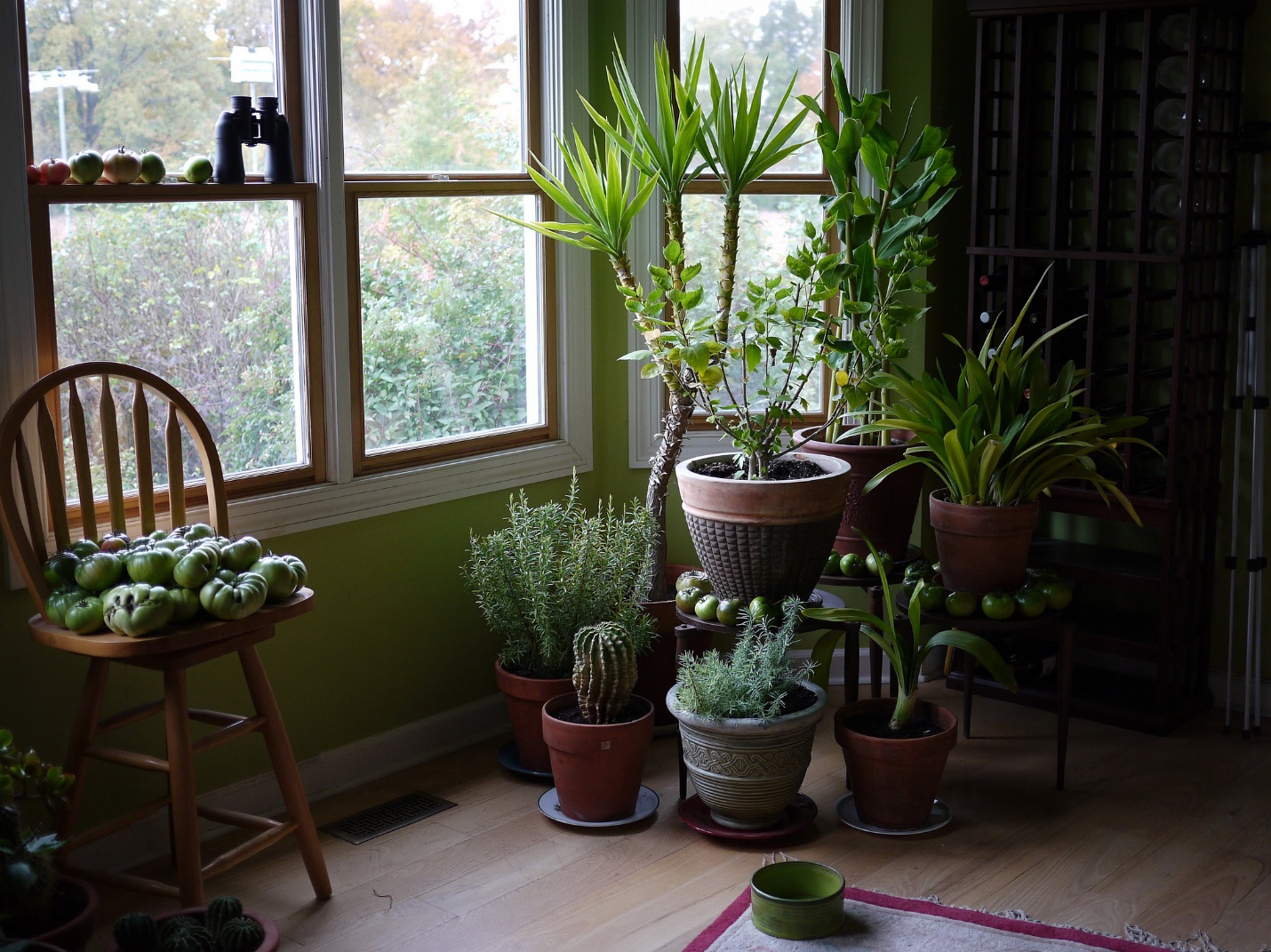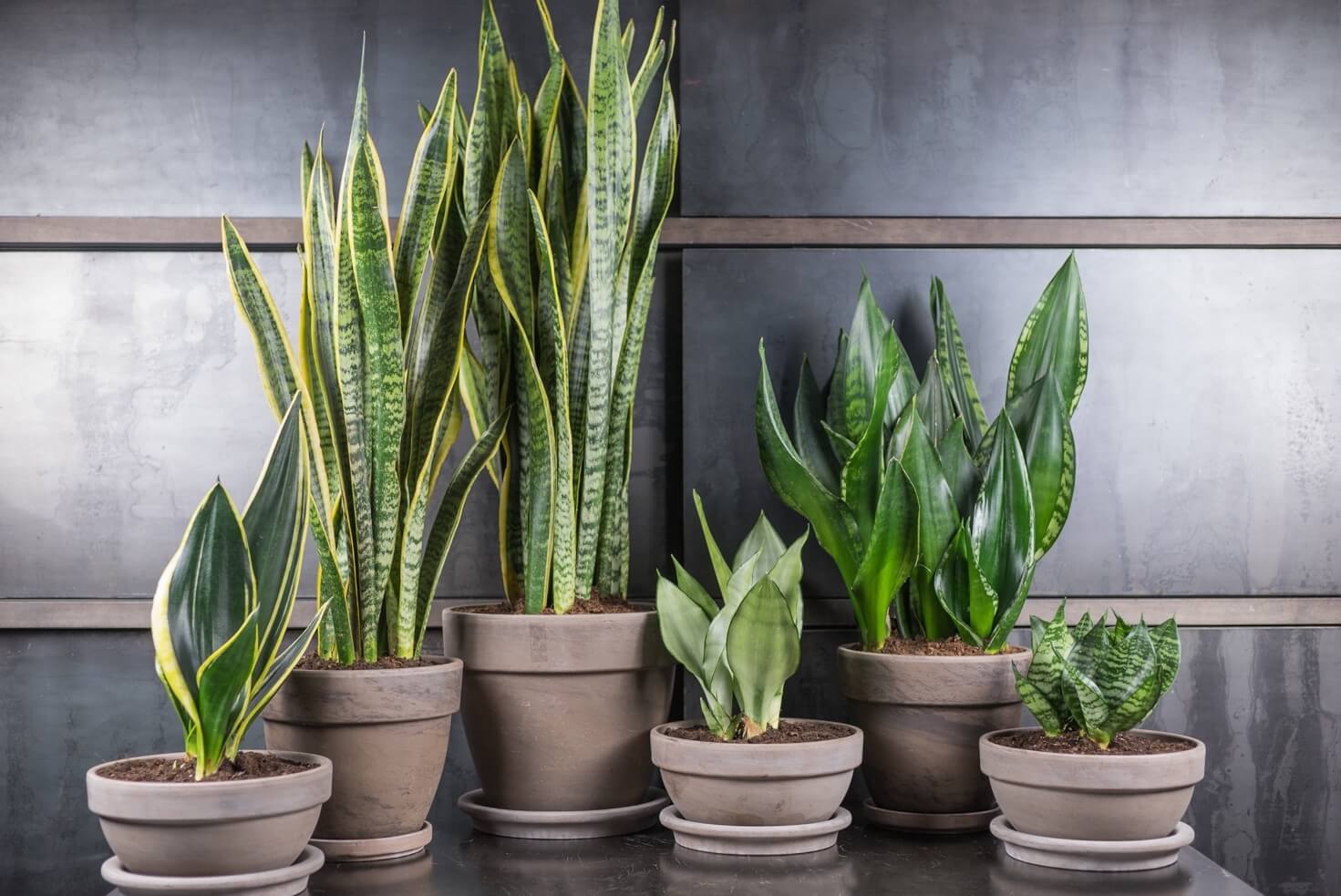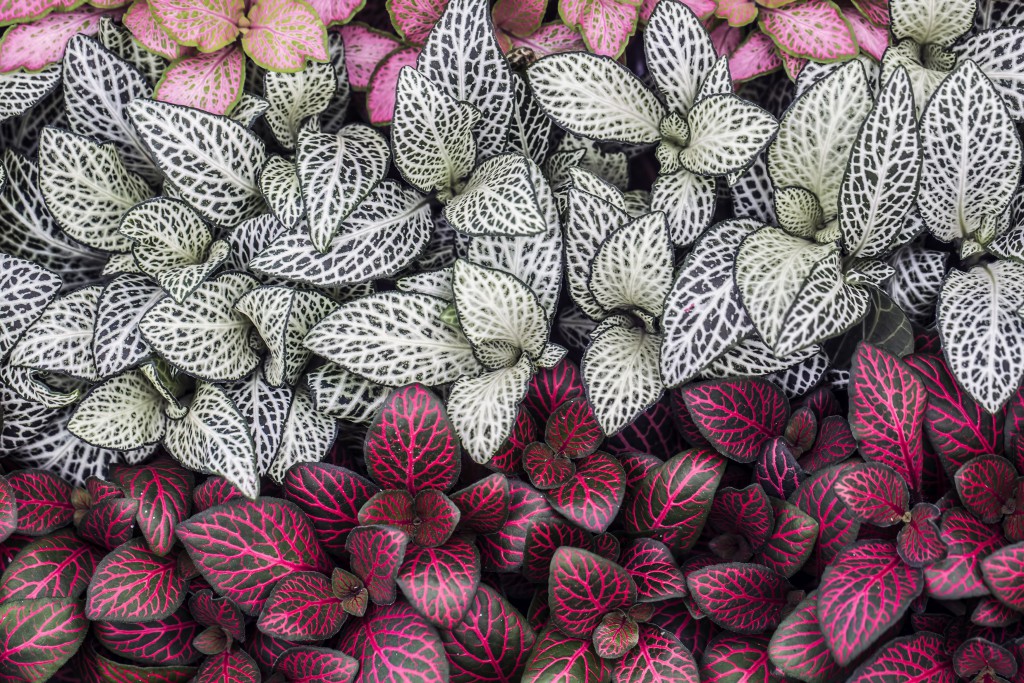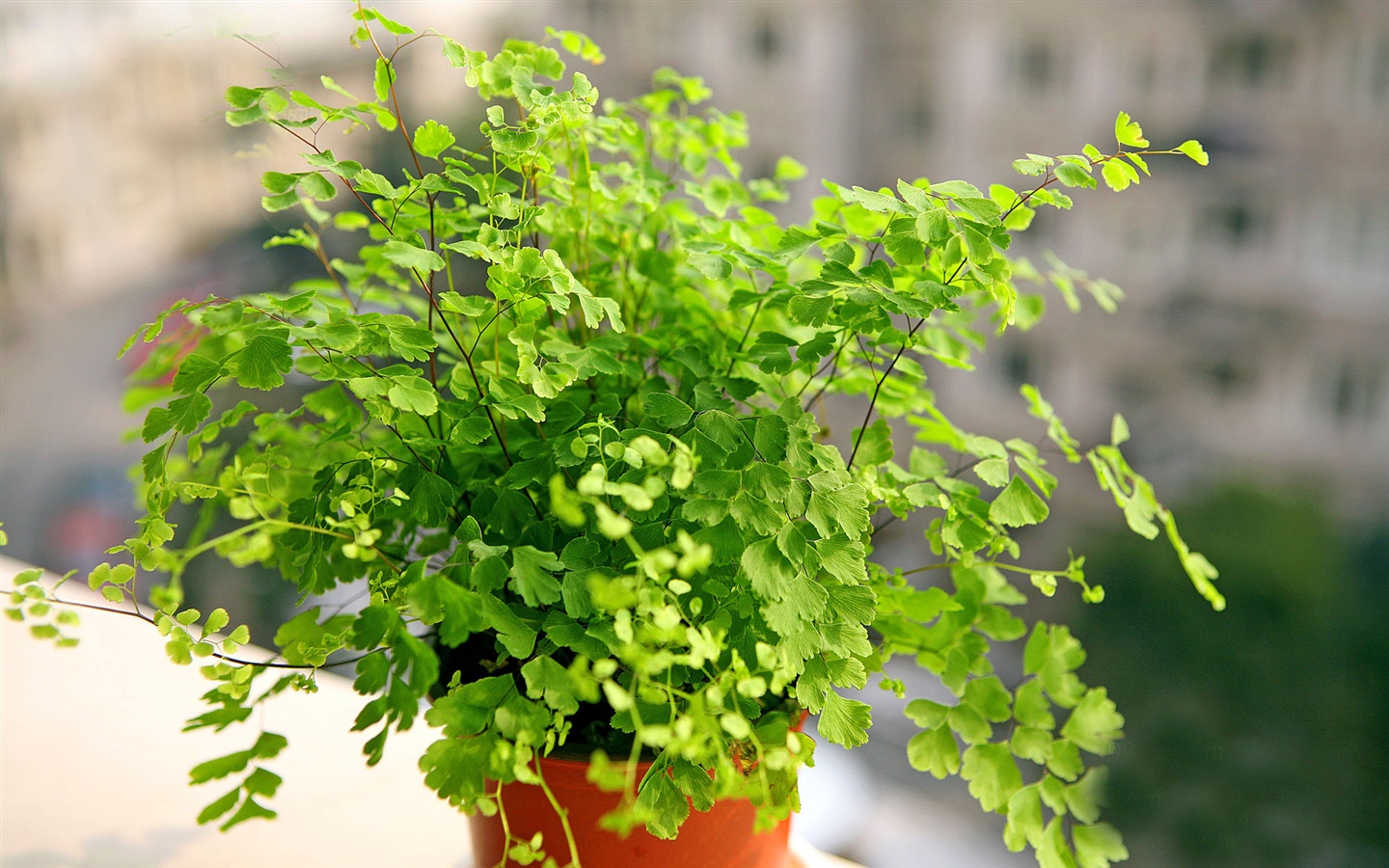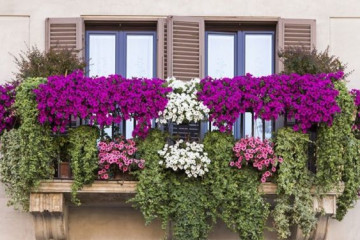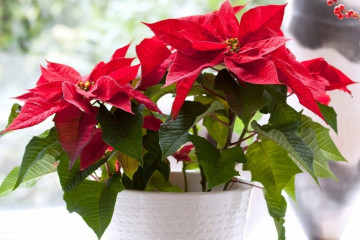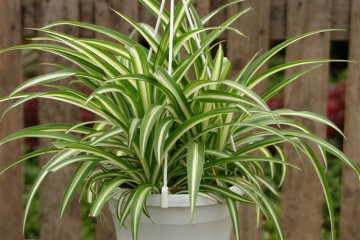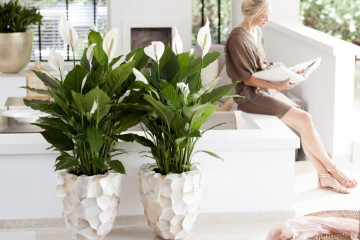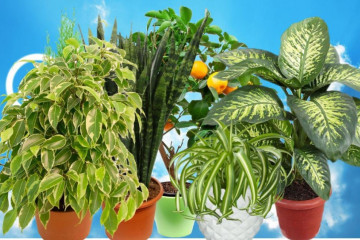Indoor plants for dark rooms and rooms
Content:
Residents of the first floors and apartments facing north are forced to put up with the constant twilight. However, this does not mean at all that it is necessary to abandon flowers. There are indoor plants for dark rooms - those that feel comfortable even without sunlight.
Indoor plants for dark rooms and rooms
In such conditions, the following representatives of the flora develop freely.
Arrowroot
Arrowroot is a perennial plant, unpretentious to care for. Grows well in darkened rooms, raising large leaves upward. The main thing that must be observed is the temperature regime: 20-25 ° C in summer and 17-18 ° C in winter. During the rest of the plant, from October to February, it is better to lower it to 18-20 ° C.
All dry leaves must be cut off, and for better growth, transplant in the spring. In this case, it is better to select a small pot, since the root system of the plant is small. Reproduction occurs by shoots, but flowering in captivity is very rare.
The plant has a positive effect on people: it improves sleep, purifies the air in the house. It is believed that the blooming arrowroot promises a significant improvement in the material condition.
Codiaum
A plant native to Malaysia, with large leaves (up to 30 cm) of a wide variety of shapes and colors, depending on the species. It is quite unpretentious in maintenance: its main requirements are constant humidity, no drafts and direct sunlight and a constant temperature of 22-25 ° C. At the same time, in winter, you can reduce the air temperature down to 18 ° C, but not lower, since the leaves will fade and fall off.
In home cultivation, they bloom extremely rarely, with small inflorescences that are practically lost against the background of bright foliage. Propagated by cuttings or leaves. Young plants need an annual spring transplant into a slightly larger pot, adult plants need to be transplanted at least once every 2-3 years. Every year, you need to feed the codiaum in the spring with special water-soluble dressings.
Sansevieria
The most unpretentious deciduous perennial plant. It has no upper limits to the ambient temperature, but does not like it when it gets colder than 17 ° C. It firmly tolerates the lack of watering, but its excess for the plant is destructive. It does not tolerate drafts and direct sunlight, so it will grow best on the windowsill of an east or west window. It blooms in small inflorescences and is extremely rare. Loves a transplant as it grows once a year in the spring, then needs feeding. The soil must be well drained and contain sand, peat, turf and humus.
Houseplants that don't need sunlight
There are also such specimens that do not need the sun at all.
Philodendron
A deciduous plant belonging to the Aroid family, or, in a simpler way, liana.Philodendrons as house plants are suitable for dark rooms, they are quite unpretentious. However, it is impossible to completely deprive them of light, as well as to put them in direct sunlight.
Flowers grow vertically, have both main roots and airy ones, which in the wild cling to trees. At home, you can put a column with coconut fiber for this, it will provide additional nutrition to the plant. The temperature regime should be kept within 20-25 ° С in summer and not lower than 15 ° С in winter.
Philodendrons do not like excessive soil moisture, but they also have a negative attitude to its drying out. It is necessary to apply top dressing in a timely manner and carry out pruning in the spring.
Japanese fatsia
Evergreen, fast growing plant. He loves temperatures of 23-27 ° C, does not relate to drafts and bright sun. Large green leaves serve as an indicator of the comfort of fatsia; for any changes in their appearance and position, it is worth looking for the reason: too abundant watering or dry soil, draft, cold or scorching sun. Well-drained soil, timely feeding and pruning will make fatsia especially beautiful.
It is necessary to repot the plant as it grows into a slightly larger pot.
Fittonia
The most capricious indoor plants that do not tolerate complete blackout, but also do not need the light of direct sunlight. In addition, the plant has an extremely negative attitude to both heat and cold, shedding leaves or changing their color. It also requires maintaining a humid and warm environment.
The best location will be the east or west side, but it is worth remembering the need for diffused light. In winter, you can move the flower to the south window or under fluorescent lamps or phytolamps. A constant temperature should be maintained around 21 ° C, and the optimum humidity should be 85%.
Cordilina
This plant is popularly called "the tree of luck". Its long, narrow leaves have a bright border, which makes it a wonderful decoration for any interior. Varieties of cordilin are house flowers that do not like direct sunlight, but also do not tolerate dusk, preferring diffused lighting.
In care, they are quite simple: the temperature should not exceed 24 ° C and fall below 18 ° C, the soil should be moist, but not too much, and even more so not overdried. Drafts are especially dangerous.
Subject to these simple rules, cordilina will delight with its bright and rich color and good growth.
What indoor plants to plant on the dark side
For the dark side of the apartment, the following flowers are the best options.
Aglaonema
Most of the indoor flowers for dark rooms are exclusively deciduous specimens, and aglaonema is no exception. Its sufficient unpretentiousness to lighting is combined with strict requirements for watering, humidity and temperature conditions. However, this seems difficult only at first glance: the most important thing in growing these flowers is to avoid drafts.
Maidenhair
A plant that belongs to ferns. Its spectacular appearance makes it especially pleasant for breeding at home, and its unpretentiousness allows even beginners to cope with it.
Maidenhair prefers darkened places, so western and northern windows are well suited. It requires constant soil moisture, so in the summer it is watered 2 times a week, and in the winter - 1 time.In this case, watering is carried out by immersing the lower part of the pot in water for 20-30 minutes.
The temperature should not exceed 22 ° C, and if it is planned to send the plant into hibernation, then 15 ° C. Doesn't like drafts.
Hamedorea
If you are interested in flowers that do not need sunlight, indoor chamedorea is the perfect solution. They absolutely calmly react to the lack of sunlight, but if they do not receive watering or dry air, they begin to die. Also, the plant has a negative attitude to sudden temperature changes, so it is necessary for it to provide a suitable temperature regime: 12-16 ° C in winter and 22-27 ° C in summer.
Monstera
Monstera belongs to the Lian family and is often grown as an indoor flower that does not require a lot of light and perfectly ionizes the air in the room where it grows. At the same time, like other vines, monsters are demanding on humidity and frequency of watering, and also do not like drafts and cold. The temperature in the room where these plants stand should not fall below 10 ° С, the optimal minimum values are 16-18 ° С.
This is not to say that there are plants that are comfortable living in absolute darkness, but most ferns, lianas and some succulents grow well without bright lighting, pleasing the eye with their extraordinary tones. Observing the simple tips common to all these plants, you can enjoy the bright greenery, even living in an apartment with windows facing north.
